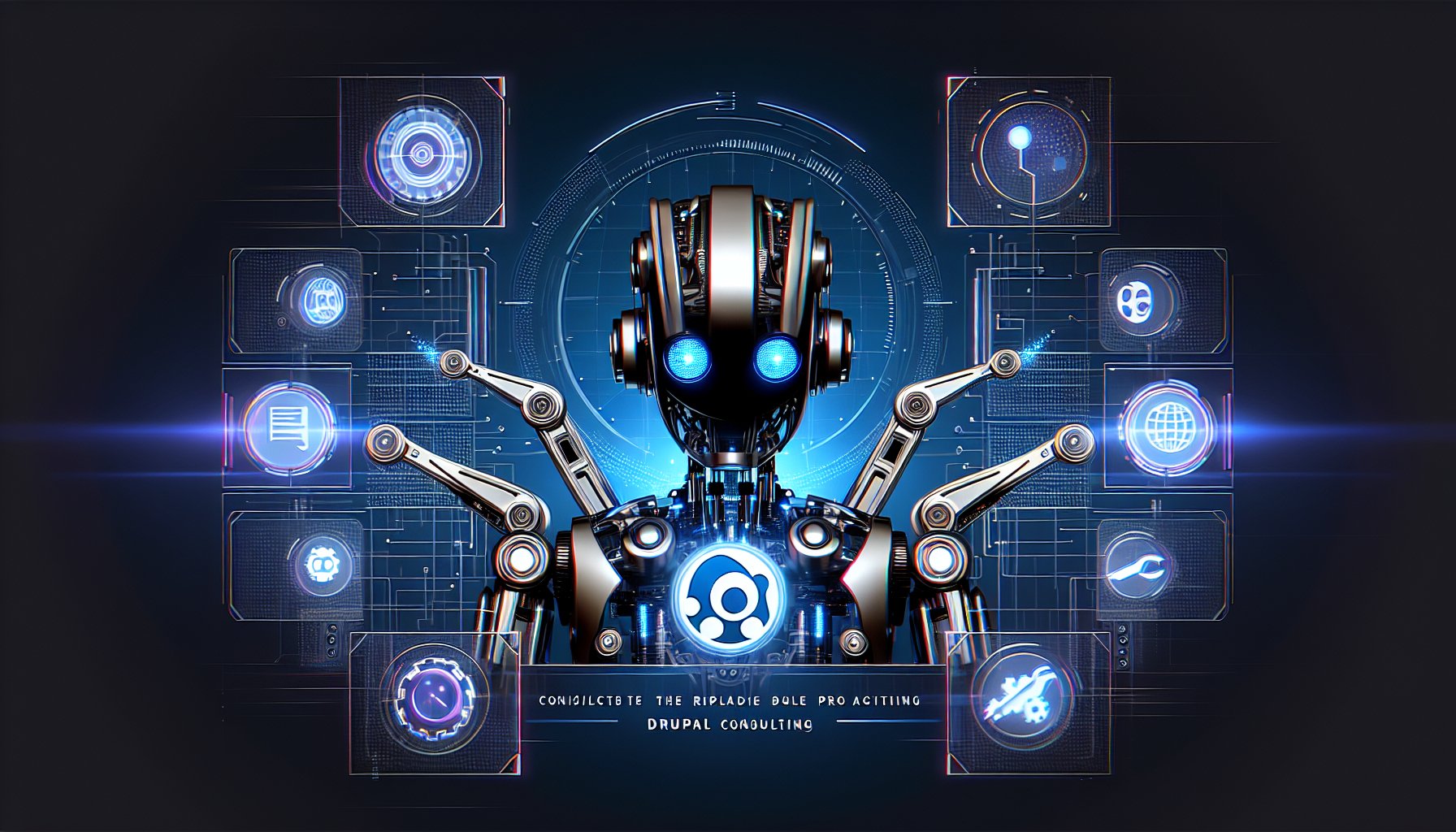Introduction
Drupal, the robust and flexible content management system, continues to evolve, offering a myriad of opportunities for businesses and developers. Embracing the latest trends and best practices can help you create secure, scalable, and high-performing digital experiences. This post will explore the forward-thinking strategies and innovative approaches in Drupal development for 2025 and beyond.
Navigating the Headless Drupal Landscape
Headless or decoupled Drupal has become a game-changer in today's digital landscape. By separating the front-end presentation layer from the back-end CMS, it provides developers with the freedom to innovate without restrictions, while businesses benefit from a flexible and rich user experience.
Consider leveraging modern JavaScript frameworks like React or Vue.js for your front-end, while utilizing Drupal's powerful API capabilities for content management on the back end. This approach can lead to agile development processes and a more streamlined user interface.
Code Example:
// Fetching data from Drupal with Axios in Vue.js
import axios from 'axios';
axios.get('/jsonapi/node/article')
.then(response => (
this.posts = response.data
));
Emphasizing Drupal Security
Security remains a top priority in Drupal development. Modern best practices include regular updates to the latest Drupal core and contributed module versions, implementing two-factor authentication, and utilizing advanced user permissions. Also, consider integrating AI-powered security tools for real-time threat detection and resolution.
Adapting DevOps Principles
DevOps practices are revolutionizing the way we develop and deliver Drupal applications. Continuous Integration/Continuous Deployment (CI/CD) pipelines ensure a smooth and consistent deployment process, while Infrastructure as Code (IaC) enhances scalability and repeatability.
Code Example:
// Jenkins pipeline script for Drupal
pipeline {
agent any
stages {
stage('Build') {
steps {
sh 'composer install'
}
}
stage('Test') {
steps {
sh 'phpunit --configuration phpunit.xml'
}
}
stage('Deploy') {
steps {
sh 'drush @prod status'
sh 'drush @prod updatedb -y'
sh 'drush @prod config:import -y'
sh 'drush @prod cache:rebuild'
}
}
}
}
Conclusion
By embracing the latest Drupal best practices, you can create robust, secure, and scalable digital experiences that are ready for the future. Stay ahead of the curve by leveraging headless Drupal architectures, prioritizing security, and harnessing the power of DevOps. Remember, in the ever-evolving world of Drupal, staying updated is not an option; it's a necessity.
Remember, the future of Drupal is in your hands. By staying updated with these cutting-edge practises and implementing them in your projects, you're not only ensuring the best possible performance and security for your applications, but also future-proofing your digital experiences. The future is now, and it's time to embrace it with Drupal.